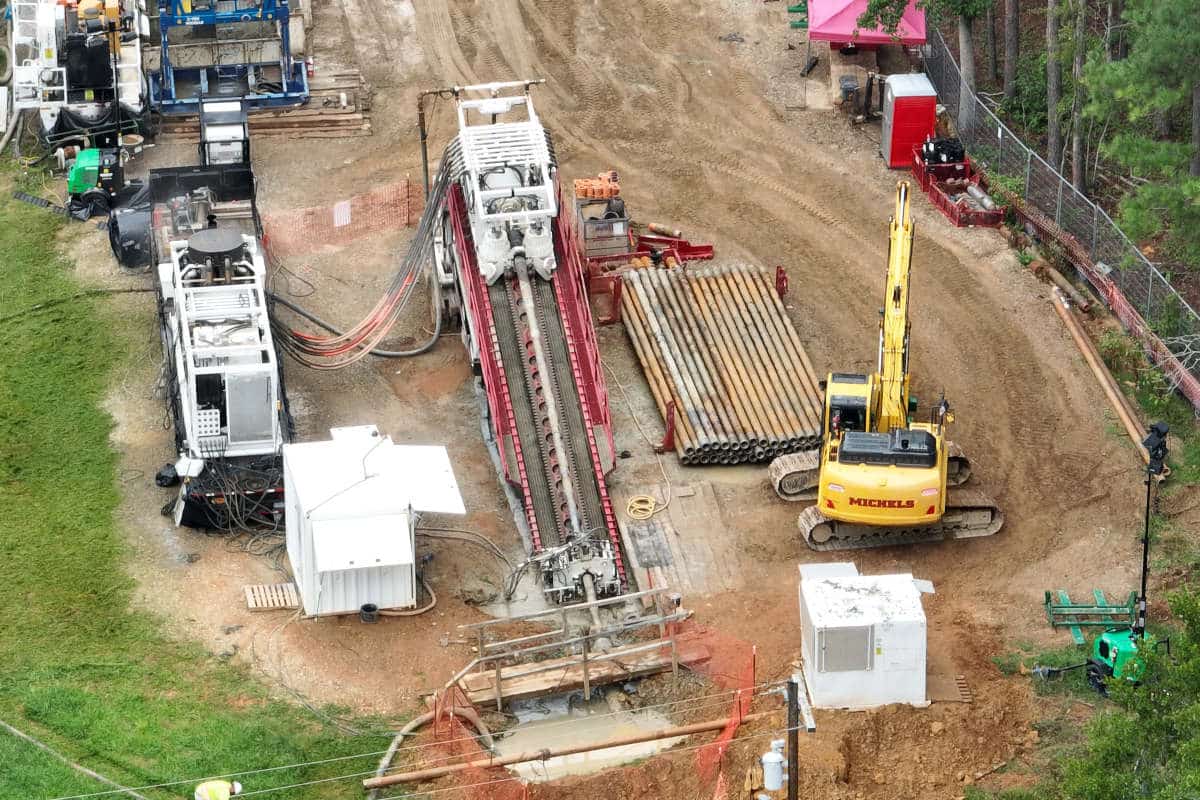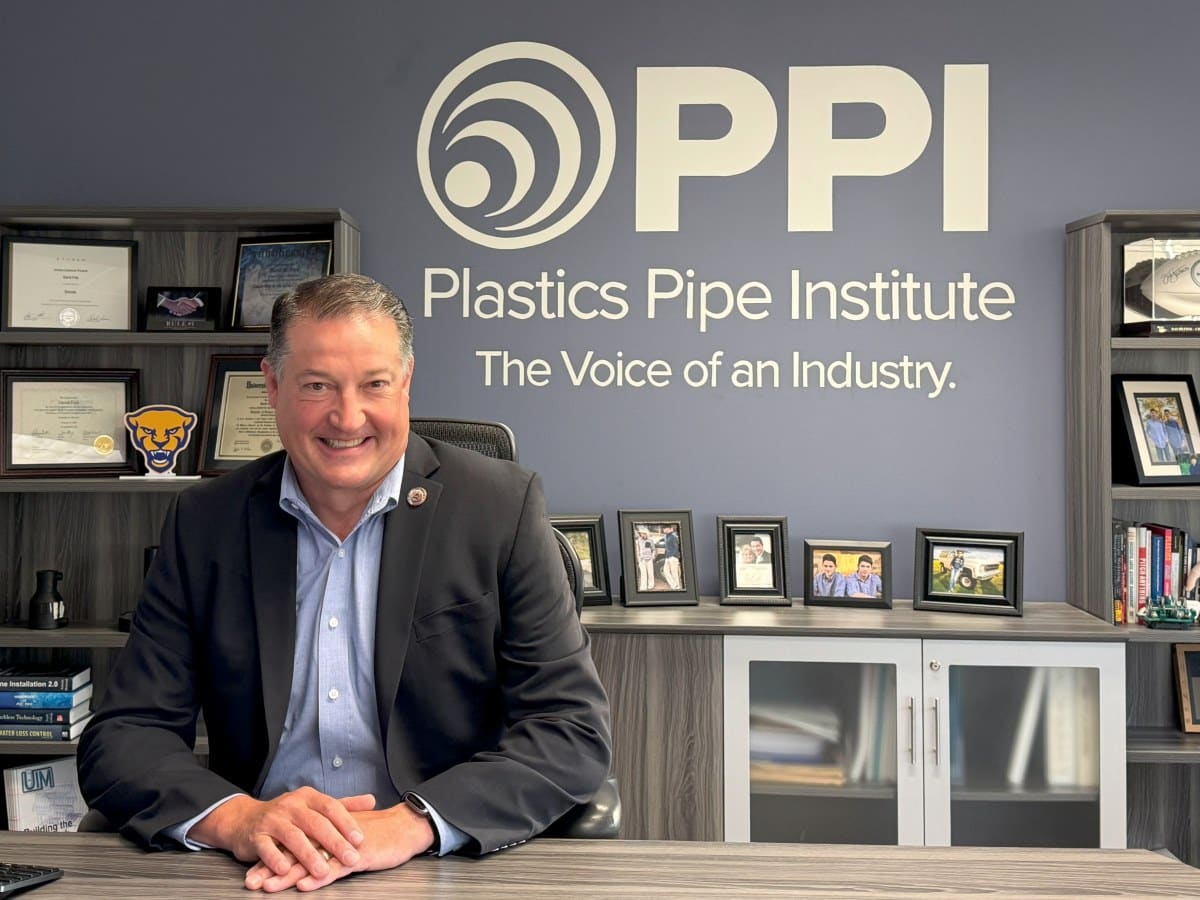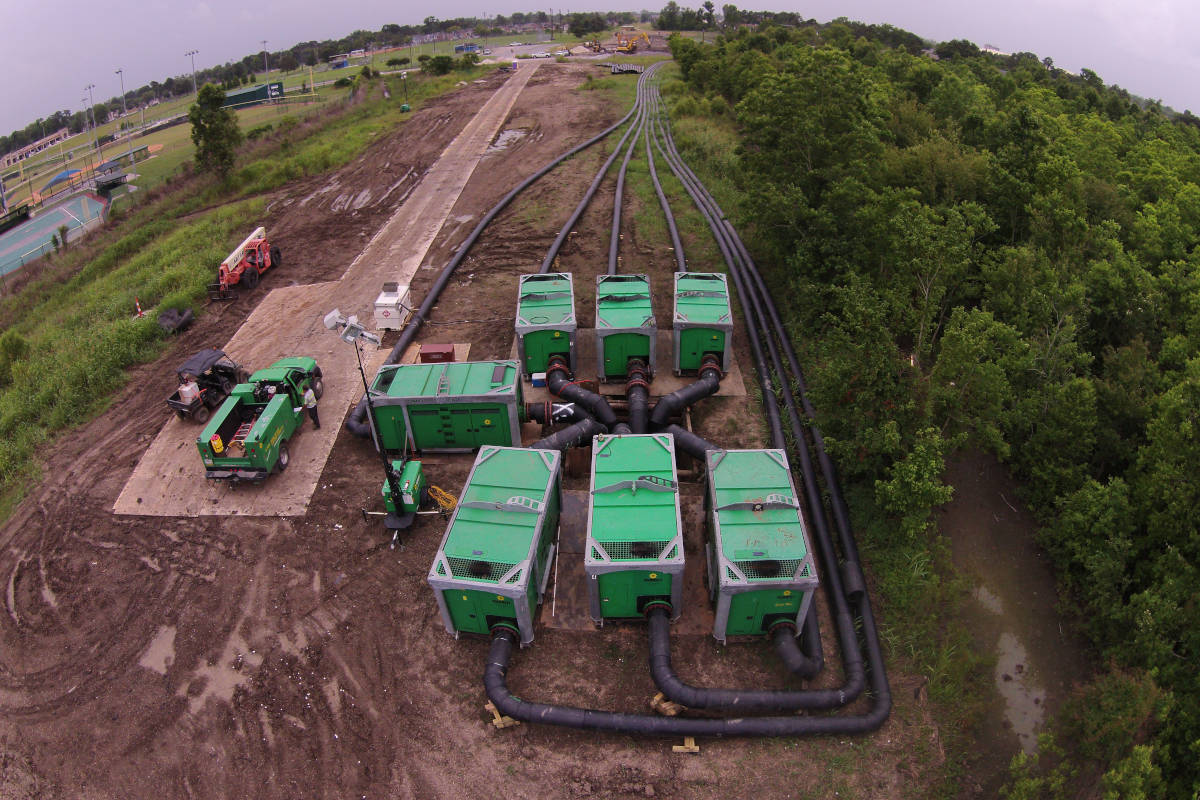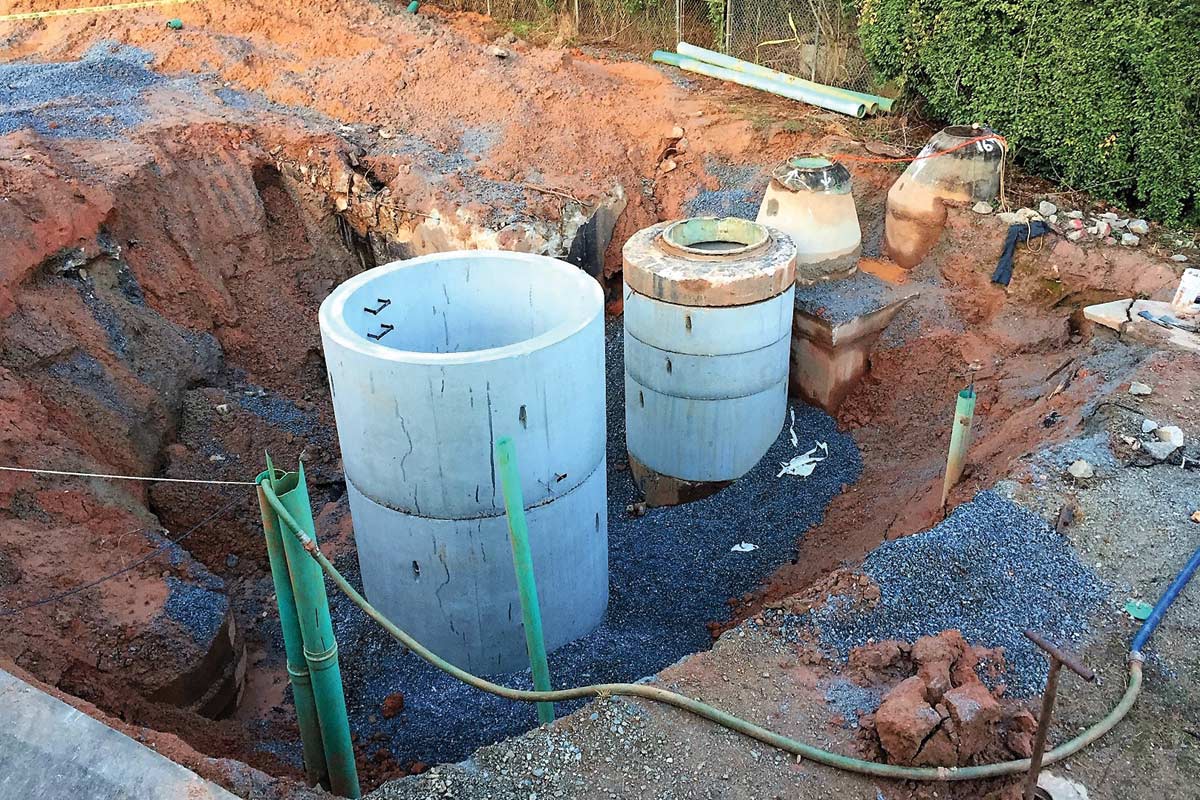
Rehabilitating Manholes Enhances Efficiencies, Cost-Savings Over Full Replacements
Opting for a manhole rehabilitation over a full replacement is a no-brainer when the manhole’s structural integrity can be appropriately restored. Manholes are a ubiquitous and critical part of underground sewage infrastructure for countless municipalities, industrial properties and commercial facilities.
These essential access points to underground sewage lines, lift stations, wet wells and other water treatment infrastructure must be kept in good condition. This enables the required access for service technicians to safely assess, maintain and repair various components.
Manholes should also remain in good condition to minimize their contributions to additional wastewater processing. Even a small amount of inflow and infiltration of groundwater into a manhole intended for sewage flow can add thousands of gallons to wastewater streams over time.
All that extra water will need to be processed at treatment plants in the same manner as the intended contents. This adds unnecessary burdens to facilities that could otherwise be avoided if the supporting manholes were leak-free.
Unfortunately, the reality of a lot of wastewater infrastructure is that many manholes have deteriorated to the point of becoming leaky and unsafe. Even more may be at risk of falling into disrepair. If left unchecked, these deteriorated manholes can lead to sewer blockages, collapses and a variety of safety concerns.
To mitigate these potential deficiencies, it is necessary to repair manholes proactively. Ideally, that would involve rehabilitating the structures rather than replacing them. Manhole replacements should be few and far between, as the process is especially costly, time-consuming and disruptive (Figure 1). Rehabilitating an existing manhole instead can often be done within a day from preparing the substrate to applying restorative materials and protective linings (Figure 2). The process is much faster, less expensive and less disruptive compared to a full manhole replacement.
Opting for Manhole Rehabilitation
The art of manhole rehabilitation involves reinforcing the structure of aging manholes and restoring their surfaces to their original plane. It also includes applying protective lining materials to minimize future deterioration. A variety of trenchless manhole rehabilitation practices can help technicians revitalize existing infrastructure, prevent disasters and restore the integrity of systems for years to come.
The goal of these rehabilitation practices is to avoid the need to fully replace manholes. Naturally, some manholes may become damaged beyond repair and will need replacement. But sewer manhole rehabilitation is ideal for situations in which the manhole can be restored through trenchless methods, including the application of high-performance linings.
Engaging in manhole rehabilitations offers benefits for commercial properties, industrial facilities and municipalities. These entities rely on functional wastewater infrastructure to maintain operational integrity.
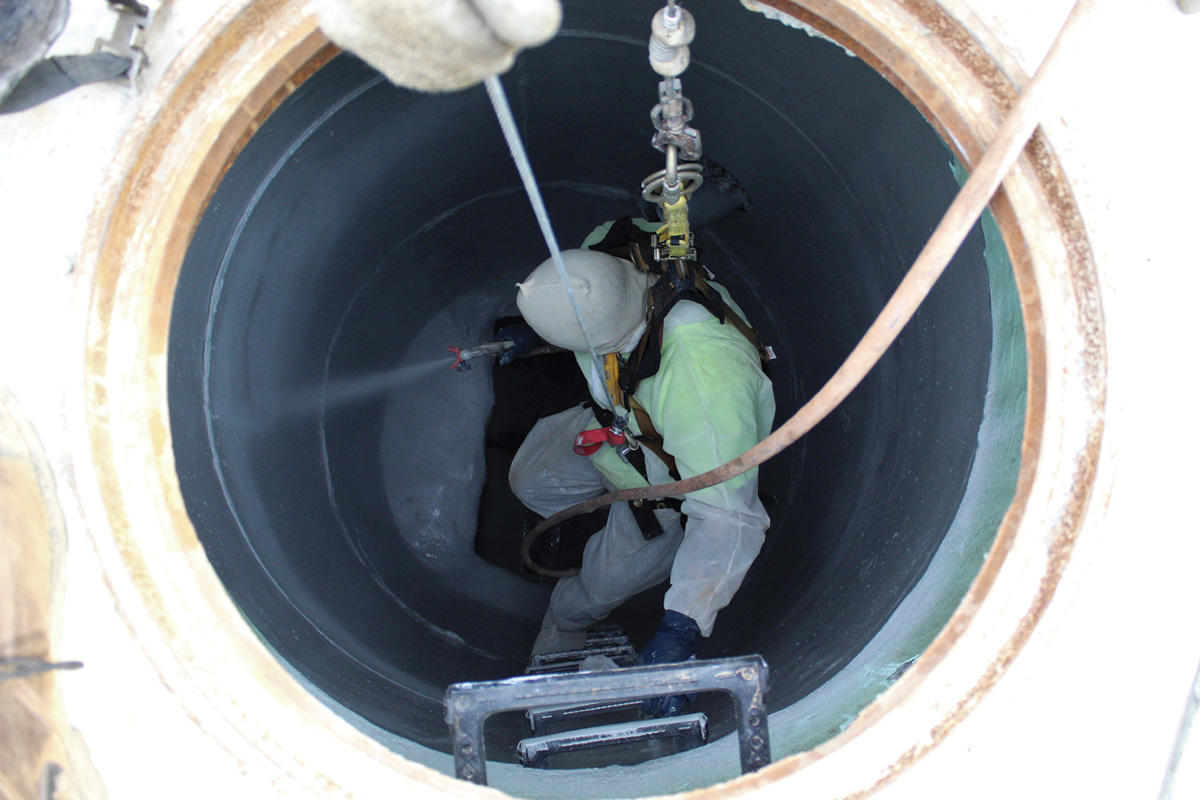
Extended Lifespans
A manhole lining system protects the concrete substrate from damage. The material takes the brunt of wear over the long term. Protecting the concrete below from the daily wear and tear of being in service, as well as the chemical attacks and corrosion it will face over time, helps to extend the lifespan of the manhole. This is regardless of its shape, condition or material.
While linings will certainly deteriorate over time, they offer many years of service and can be restored when damaged in a much easier process than what’s required to replace a manhole.
Minimized Inflow and Infiltration
When manhole surfaces are damaged, the structures become vulnerable to inflow and infiltration. Such breaches allow excess water from storms or the ground to seep through holes or cracks. Left unaddressed, these water pathways can further damage the manhole’s structural integrity. They also add volume to the sewer system and increase the treatment plant’s processing costs. Chemical grouts can help solve inflow and infiltration issues. Additionally, durable, high-performance protective linings can help minimize and even prevent the development of future challenges.
Mitigated Corrosion
Located in proximity or even contact with sewage flows, manhole substrates face aggressive corrosive attacks. Hydrogen sulfide (H2S), microbes and environmental conditions can all damage concrete manhole structures and mortar joints over time. Installing an anti-corrosive rehabilitation product, such as an epoxy lining, over those substrates will slow or even prevent the development of corrosion in the structure.
Increased Cost-Savings
Replacing a manhole is expensive. It’s not just the initial digging but also the rebuilding process that follows. This may include expensive rerouting of the sewage flow to be able to work on the asset. Lengthy traffic closures are also possible. The longer flow rerouting and traffic closures are required, the more expensive the job. Rehabilitating the manhole instead will minimize the duration of both factors for significant cost savings. These savings are further boosted by avoiding the excavation of the old structure and rebuilding a new one.
Reduced Downtime
Replacing a manhole may require facilities and municipalities to halt operations during the project. That may be for a day or likely longer, depending on the complexity of the replacement. In most cases, a sewer manhole rehabilitation can be completed in 12 hours or less with no digging required and minimal operational disruptions.
Common Manhole Rehabilitation Options
Numerous technologies can assist in rehabilitating sewer manholes without the need for additional excavation. Such products and methods can help stop leakage, prevent corrosion, enhance structural integrity and extend the manhole’s service life.
They include:
Cured-in-Place Manhole (CIPM) Liners
CIPM liners consist of tubes made from various resins and other materials that crews insert into a manhole and inflate. They do this until the material is tightly secured to the interior.
Crews must design a seal at the bottom of the manhole to ensure nothing can get between the liner and the substrate while it is being inflated. The resin hardens as the tube is inflated. This provides a strong barrier with long-term chemical resistance.
Such liners are limited to manholes large enough for the inflated tube to fit into. In some cases, this requirement may lead to the additional challenge and cost of removing a manhole’s chimney. This is so the CIPM liner can be placed into the widest part of the pipe.
Installing CIPM liners often requires more equipment and larger crews than other rehabilitation methods. Nonetheless, they can be an effective and affordable option for fixing traditional, cylindrical manholes.
Cementitious Lining Systems
Specially formulated to provide a permanent seal on the interior of a manhole corridor, cementitious mortar lining systems are a viable option for rehabilitating manholes not subject to significant chemical attack. Such liners act as a protective shield against moisture and sewer gases. They are often reinforced with fibers to provide extra crack resistance and tensile strength. However, their chemical resistance is not as strong as polymer-based lining systems, making them not ideal for corrosive environments. Installers can quickly apply cementitious linings with a low-pressure spray or a trowel with minimal downtime.
Polymer Coating and Lining Systems
Made from epoxies or polyurethanes, polymer coating and lining systems are applied by hand with a trowel or via a pressure sprayer. They are designed to protect and support the structure of a manhole from corrosion, chemical attacks, wear and tear, and impacts for years when installed correctly.
If the manhole is already corroded, installers can apply a cementitious mortar liner first to build the surface back to its original shape and restore the structural integrity. This is done before applying the polyurethane or epoxy liner. As that liner cures, it will seal to the substrate. This creates an impermeable, durable, chemically-resistant, anti-corrosive shield that provides long-term protection.
Going to Rehab
Opting for a manhole rehabilitation over a full replacement is a no-brainer when the manhole’s structural integrity can be appropriately restored. The rehabilitation process is significantly faster and lower in costs and disruptions. To ensure quality work when completing a rehab, look for certified applicators who have been formally trained by coating manufacturers.
Steven Roetter, P.E., is market segment manager for water infrastructure with Sherwin-Williams Protective & Marine. Heather Stiner is market segment manager for water infrastructure with Sherwin-Williams Protective & Marine.


